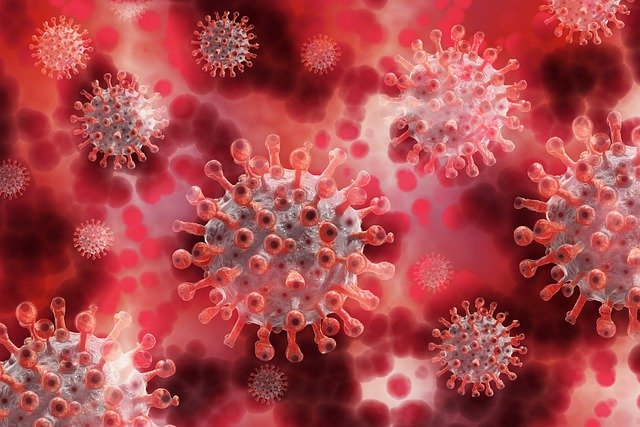Virus detection tech gets funding for COVID adaptation
Technology designed to detect biological threats and viruses in airports and hospitals is to be customised to identify the COVID-19 virus in public places.

Kromek, headquartered in Durham, has received £1.25m from Innovate UK to adapt its biological threat detection system, which is already deployed in high-footfall locations to identify airborne threats.
Using DNA sequencing, Kromek’s radiation-based technology samples the air in-situ to automatically detect and analyse airborne pathogens. The system will now be adapted to rapidly test for the presence of SARS-CoV-2 - the virus that causes COVID-19 – as well as mutations of the virus which have recently been raising alarms.
Microfluidic chip detects COVID antibodies in seconds
Funding for the project has been awarded under an 18-month programme of UK Research and Innovation (UKRI) that is seeking solutions to address and mitigate the health, social, economic, cultural and environmental impacts of the pandemic. Kromek expects pilot projects of the new COVID detection system to be up and running by the summer, with commercial rollout in 2021/2022.
Register now to continue reading
Thanks for visiting The Engineer. You’ve now reached your monthly limit of news stories. Register for free to unlock unlimited access to all of our news coverage, as well as premium content including opinion, in-depth features and special reports.
Benefits of registering
-
In-depth insights and coverage of key emerging trends
-
Unrestricted access to special reports throughout the year
-
Daily technology news delivered straight to your inbox










Water Sector Talent Exodus Could Cripple The Sector
Well let´s do a little experiment. My last (10.4.25) half-yearly water/waste water bill from Severn Trent was £98.29. How much does not-for-profit Dŵr...